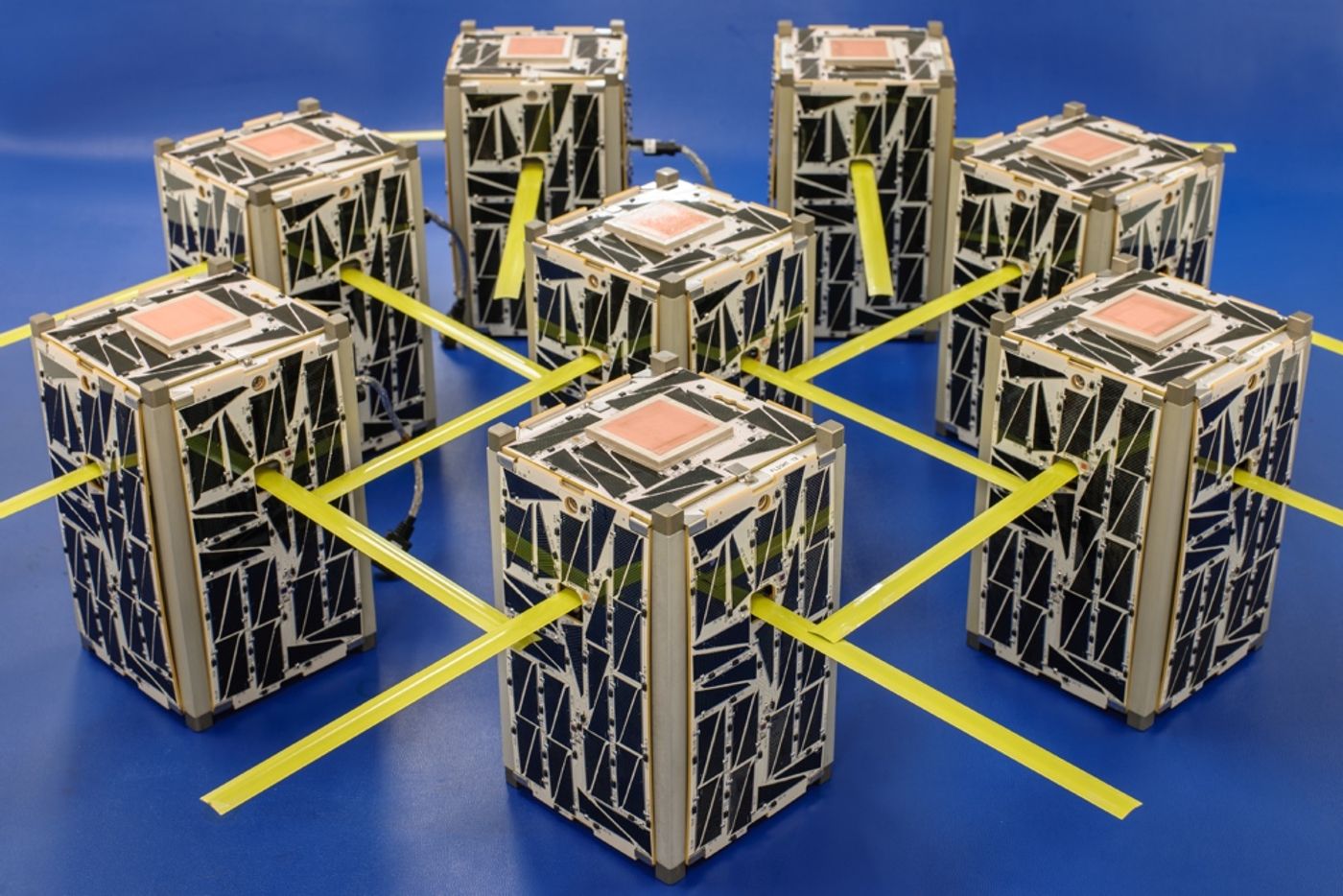Smallsats Could Make Space Exploration More Tangible
In modern times, when we study a planet in our Solar System, we send a rather large satellite into space and then send it into the general path it needs to go in order to meet up with the planet.
On the other hand, scientists are starting to see the value in smallsats, which are much tinier objects that can be ejected towards a specific region in space to record and transmit data related to very specific objects.
Image Credit: NASA
In comparison to a full-sized satellite, which weighs several tons on average, a smallsat is limited (in NASA’s definition) to 180kg (about 396 pounds). They have onboard sensory equipment and shielding just like a satellite, but their lightweight makes them far more versatile, allowing research missions to get more bang for their buck.
Smallsats can be ejected in an array of 10 or more units, each of which communicate back with the main satellite, which then gets relayed back to Earth. They’re also cheaper and more efficient to use in some research projects than full-sized satellites are, but they still require the use of a full-sized satellite to get where they need to go in the first place.
Nevertheless, in missions where we desire to study atmospheres or send spacecraft on suicide missions, smallsats are better candidates because they’re much cheaper and more expendable than a full-sized satellite would be to carry out a similar mission. This means we can send them into these hostile environments and not worry too much about losing them.
For example, Venus has both a destructive atmosphere and scorching temperatures that degrade anything that lands on the planet, hence every lander attempt we’ve made on Venus thus far has failed after a short period of time.
Rather than sending an expensive full-sized satellite onto a suicide mission into the Venusian atmosphere to collect data, we could send expendable and inexpensive arrays of 3D-printed smallsats and the main satellite would remain unscathed in orbit around the planet and could continue its research.
Smallsats are shining with potential for future missions around other bodies and planets in our Solar System, such as our Moon, Jupiter, asteroids in the Asteroid Belt, etc. While it’s not yet known when they might become commonplace in our Solar System, the hope is to have active smallsats studying our Solar System within the next couple of decades.
NASA has already selected 10 possible smallsat missions for the future.
Source: BBC









